The 1893 Chicago World's Fair
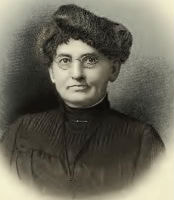
The 1915 Panama Pacific International Exposition
- There was a “Humboldt County Day” celebrating Humboldt County residents who descended on the fair en masse.
- Humboldt County also had an exhibit which included the redwood log that later became the Stump House and the Lentell Map which is now on display at the Clarke.
- A local Yurok woman trained as a nurse in San Francisco led the parade the opening day of the Exposition. Her name was Bertha Thompson and the article discussing her, penned by Emma Freeman, made the front page of the San Francisco Chronicle.
The Golden Gate International Exposition, 1939The 1939 fair, the Golden Gate International Exposition took place in San Francisco on Treasure Island, which was dramatically altered to host the event. This exposition celebrated the completion of the Golden Gate Bridge and the San Francisco-Oakland Bridge. A notable aspect of this exposition was that, according to one news story, a 364 foot tall redwood tree, noted as the world’s tallest tree, was brought to be put on exhibit in the Redwood Empire building, which housed the Humboldt County exhibit. Booklets from this event highlight that access to the "Redwood Empire" was easier than ever with the addition of the traffic-free Golden Gate Bridge. |

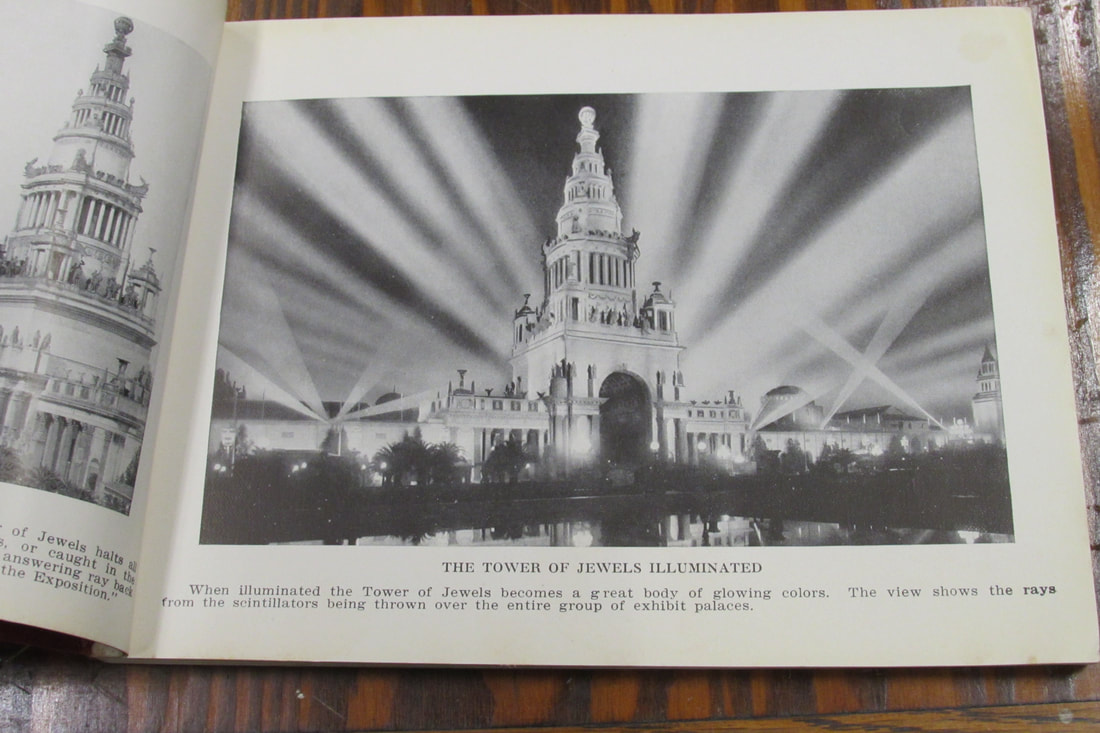
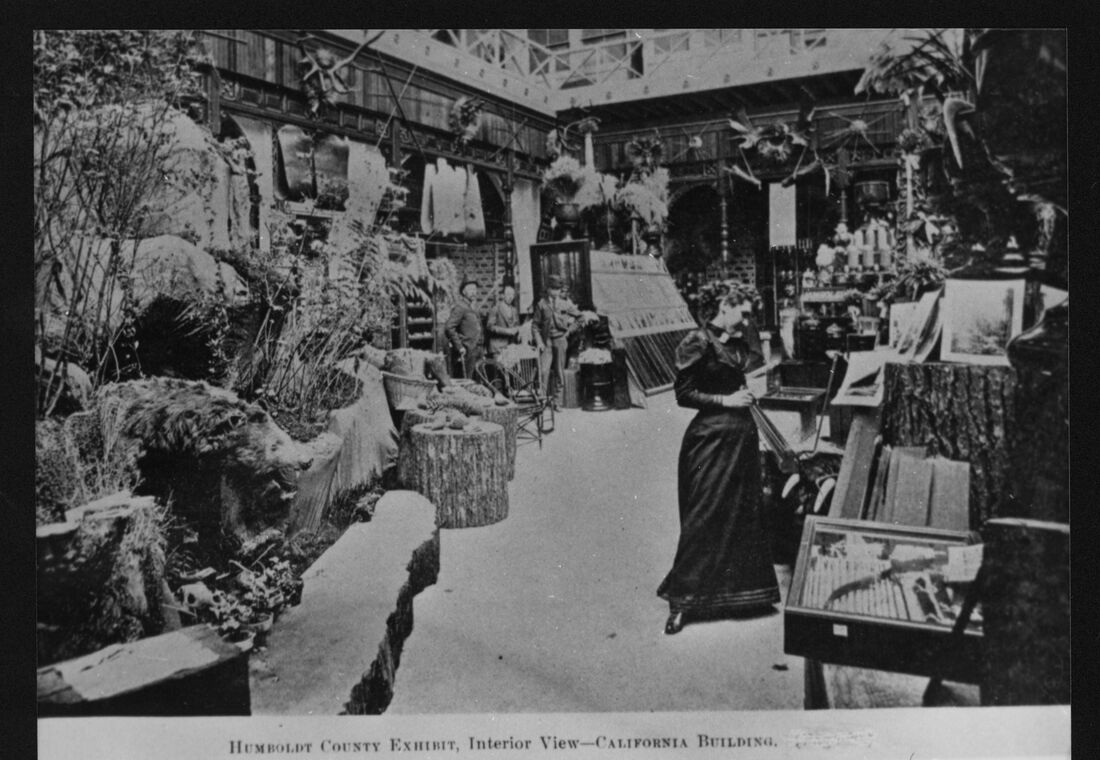
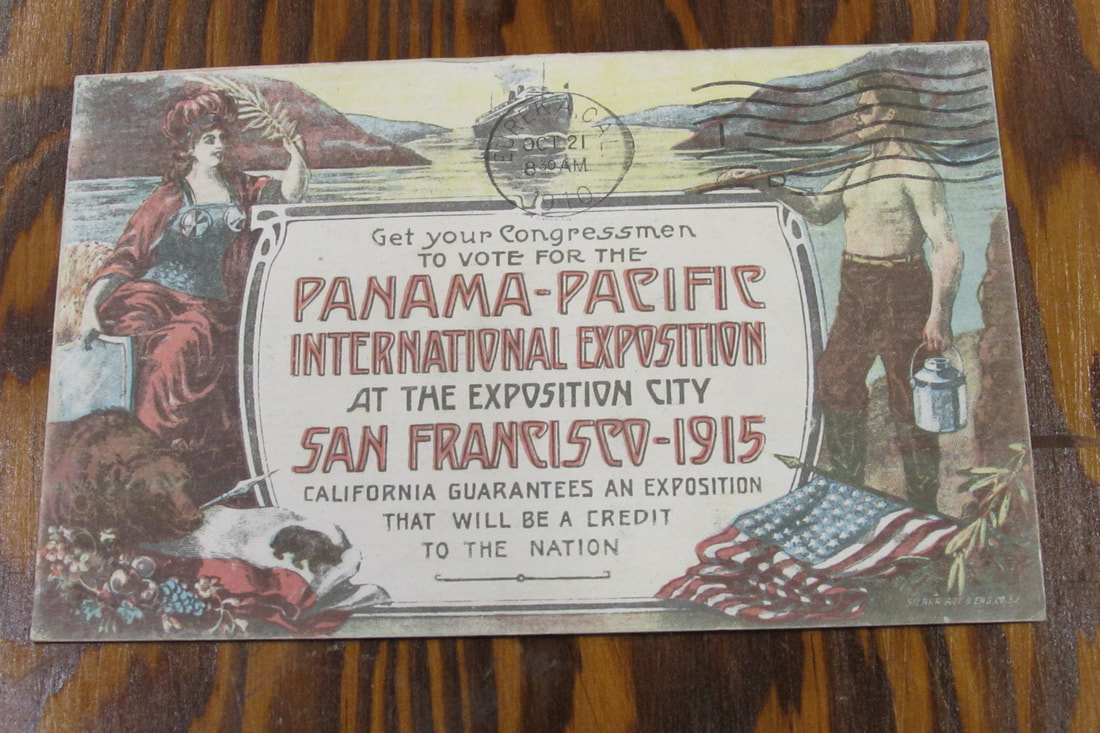
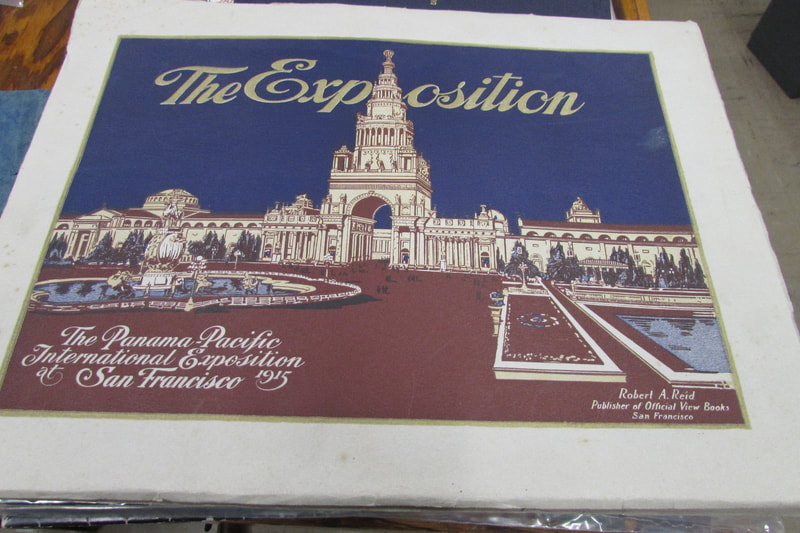
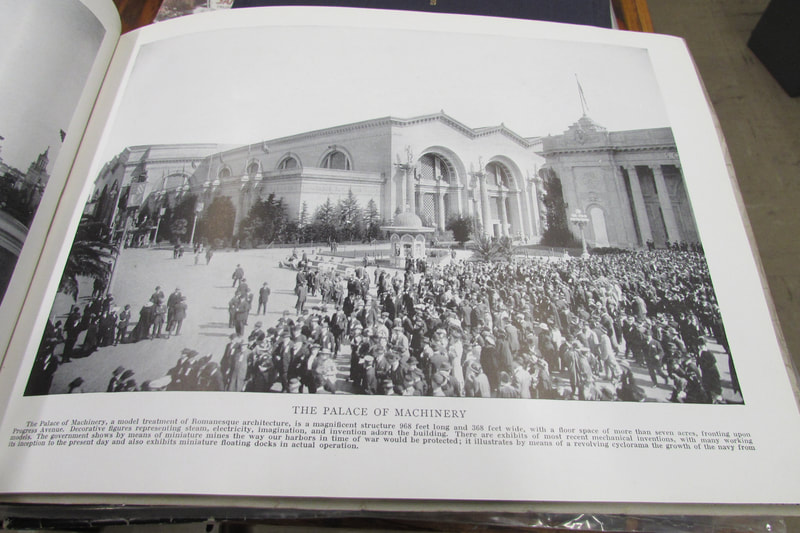
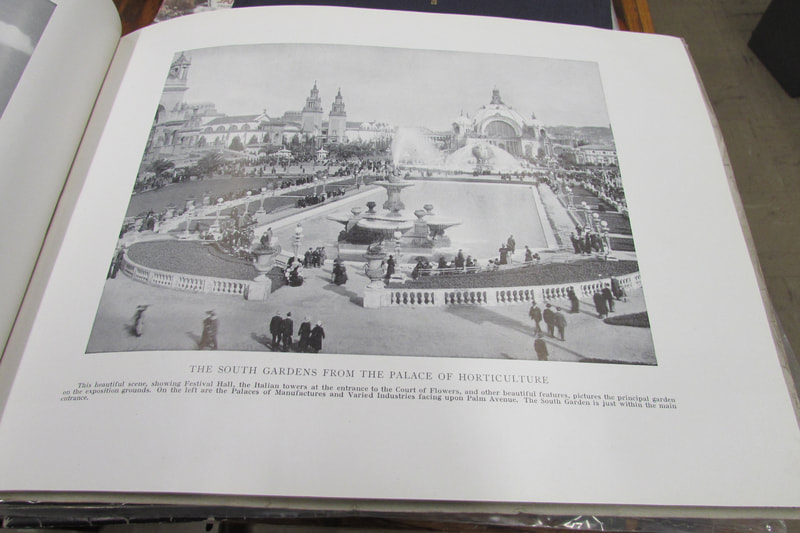
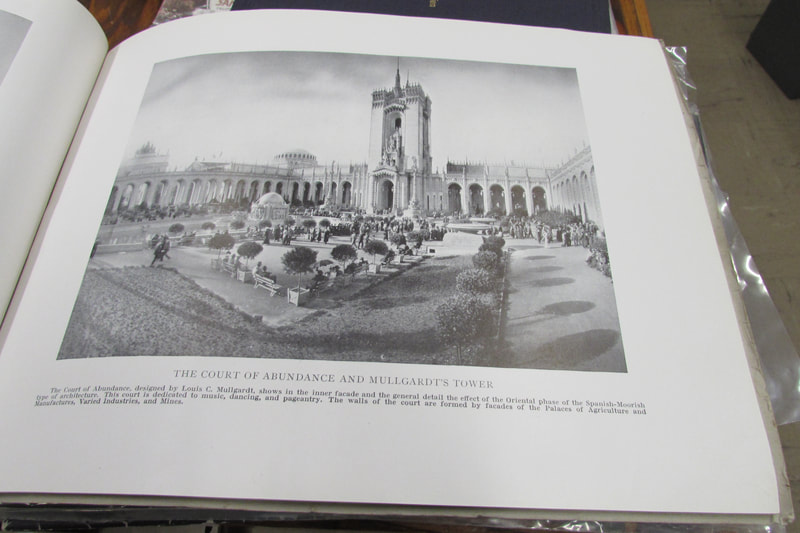
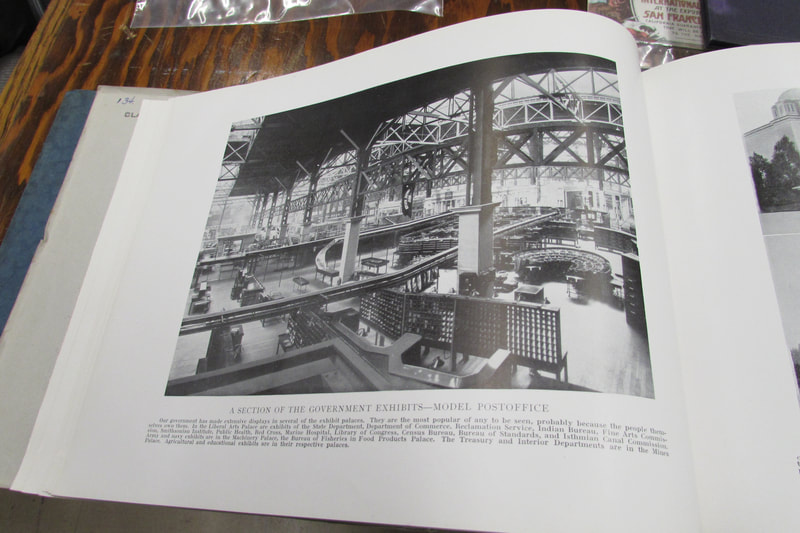
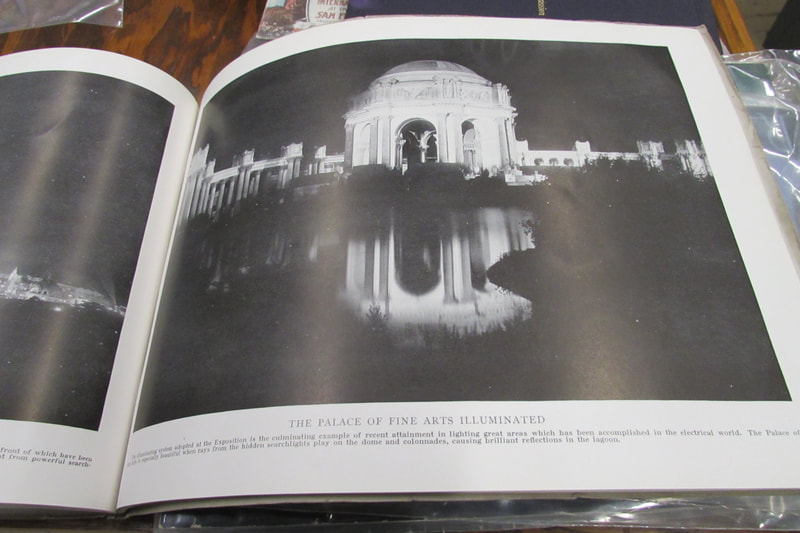
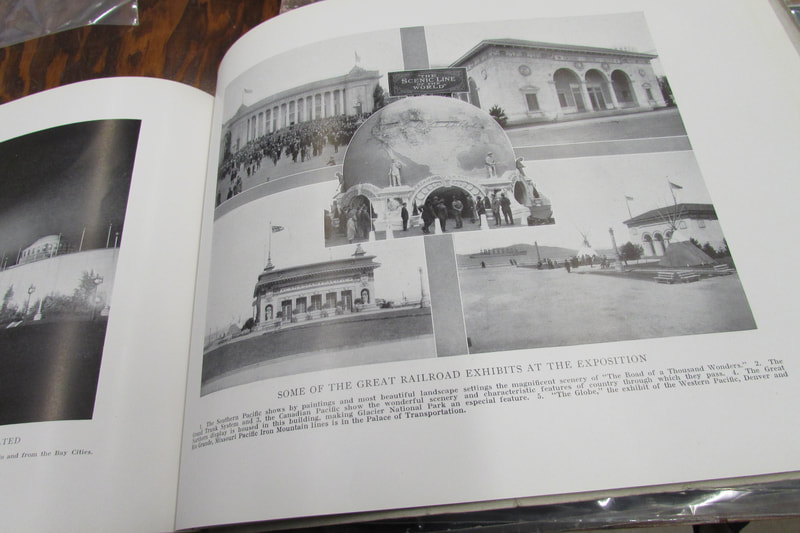
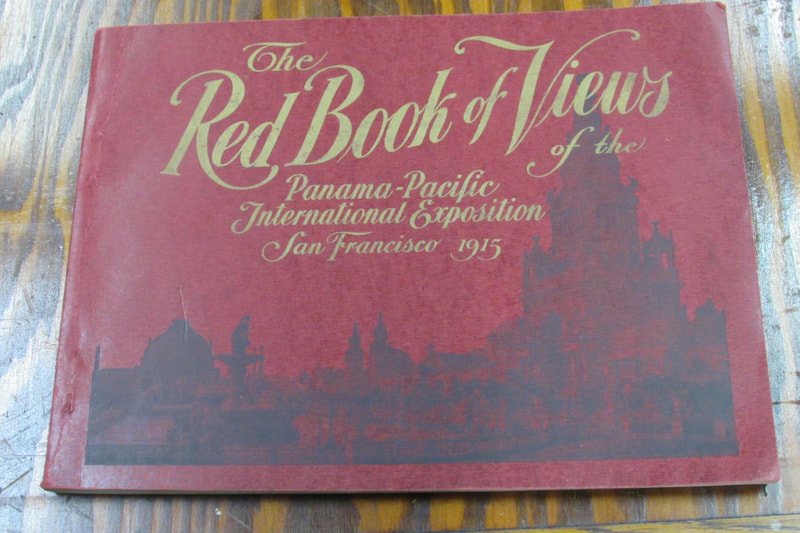
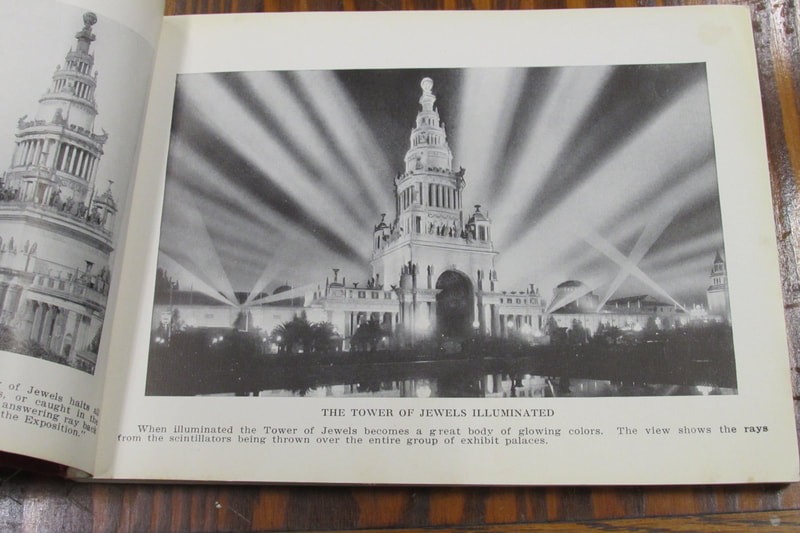
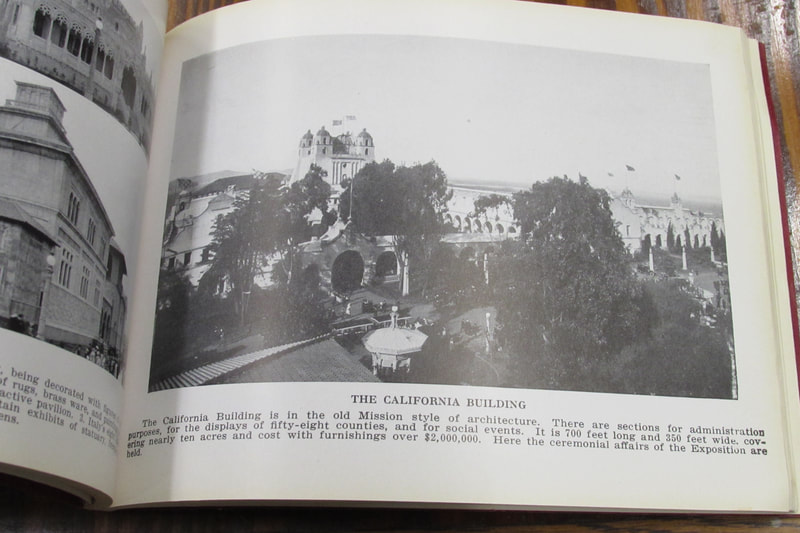
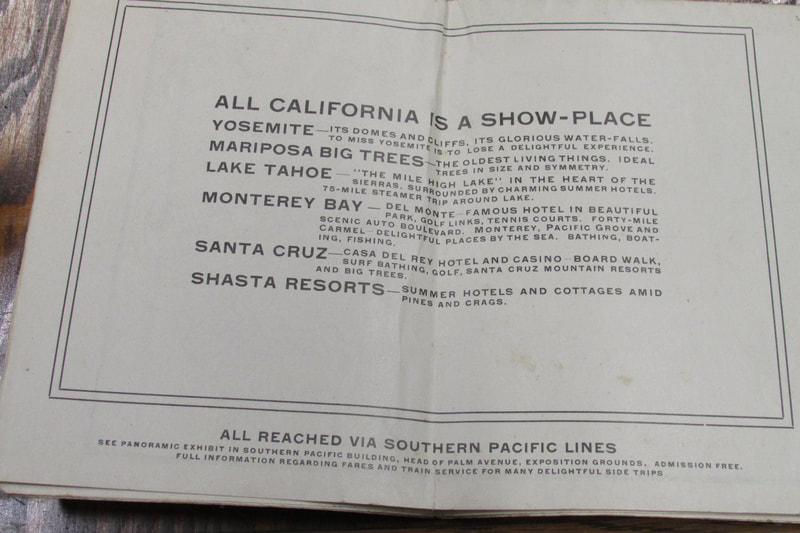
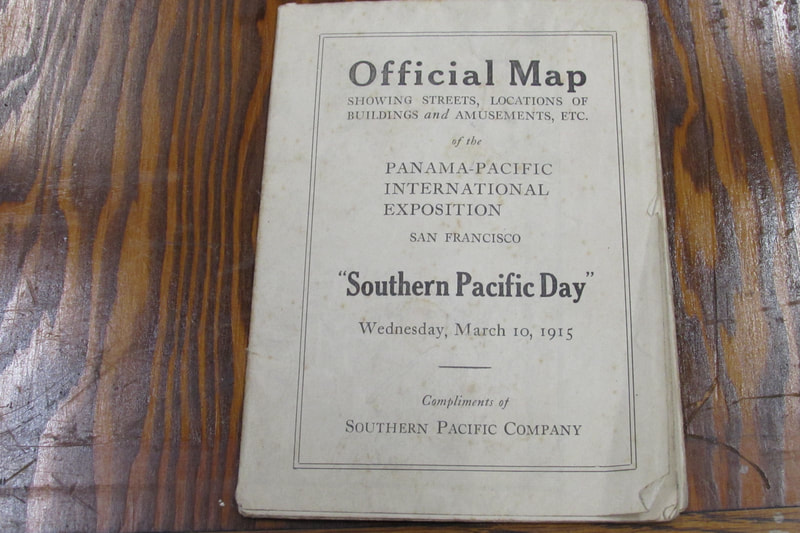
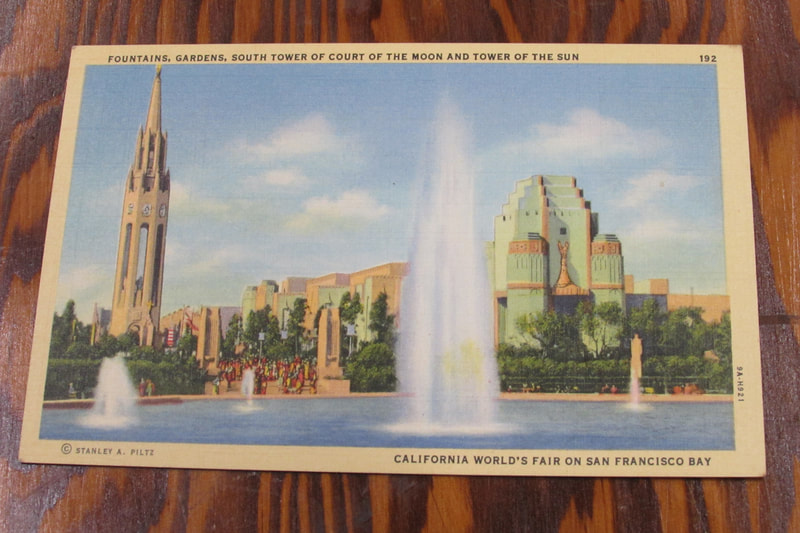
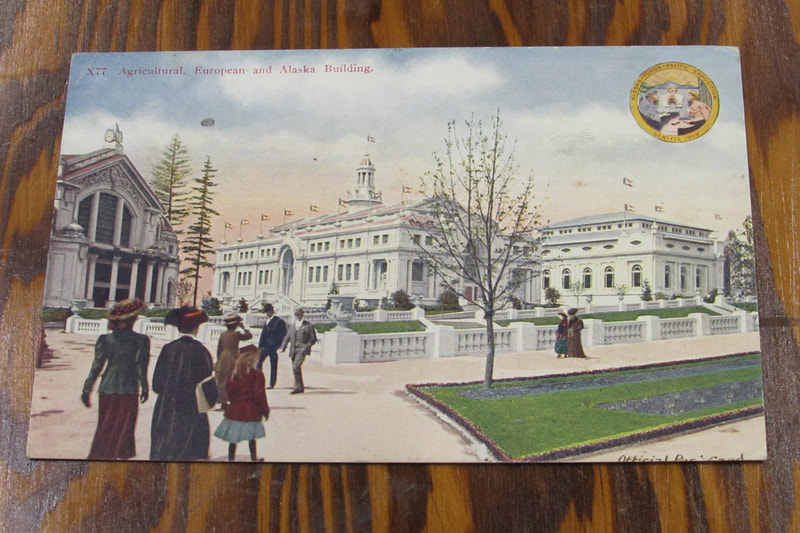
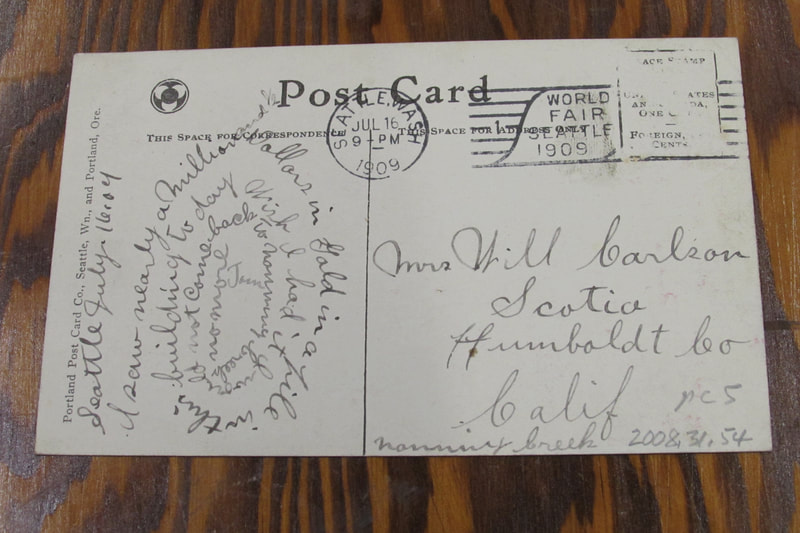
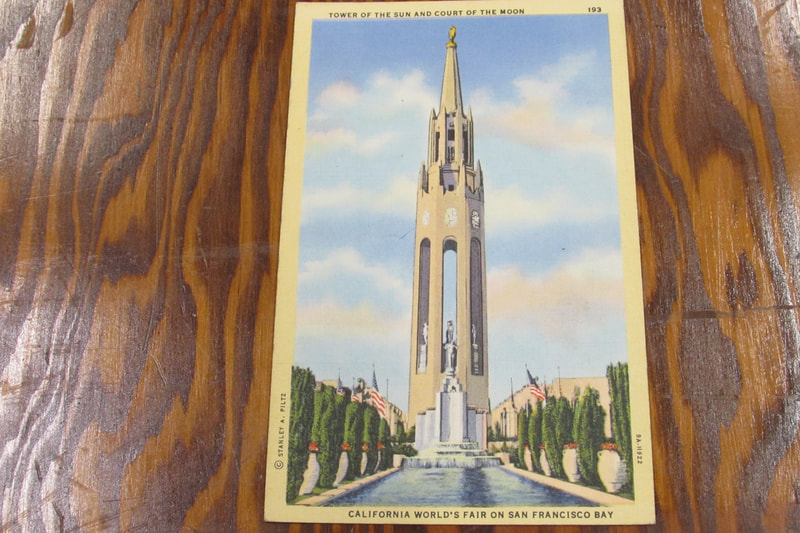
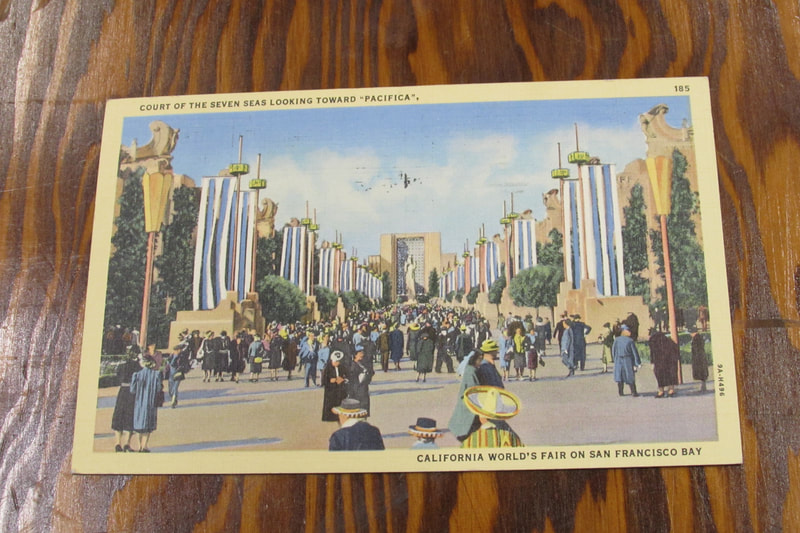
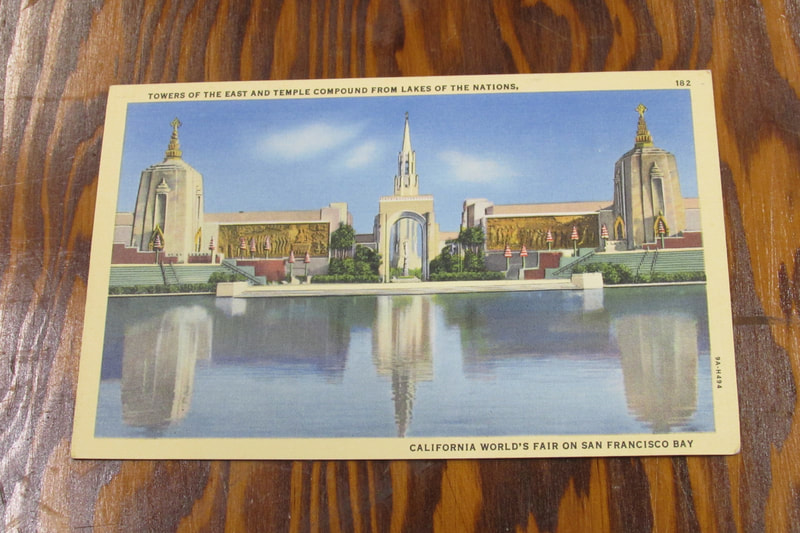
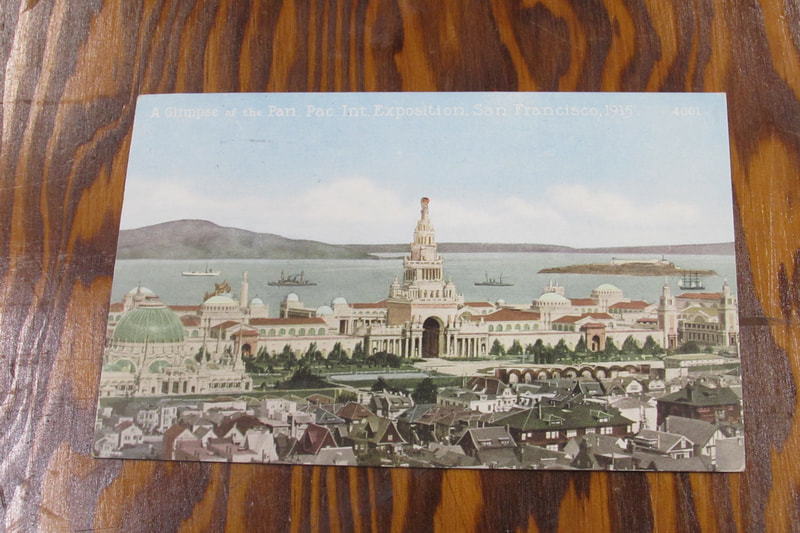
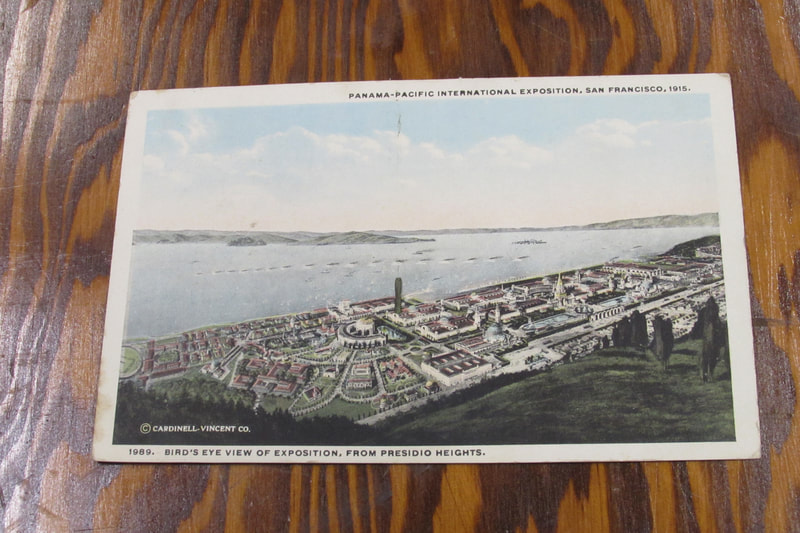

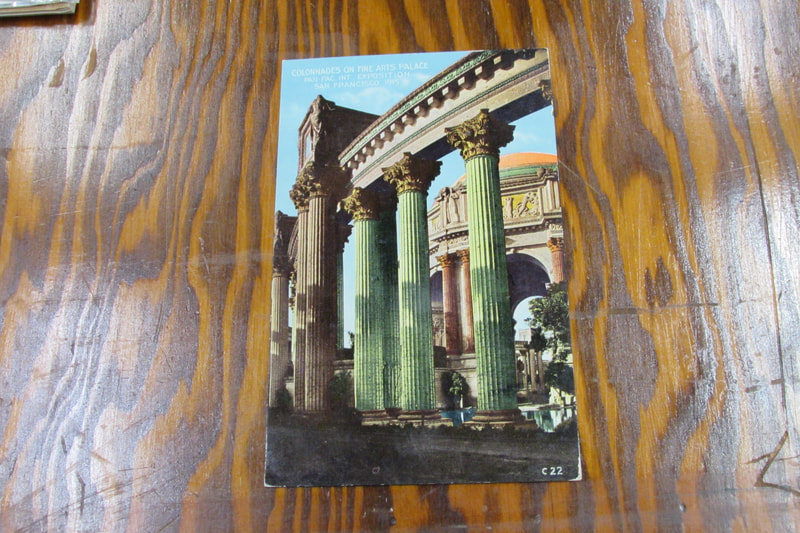
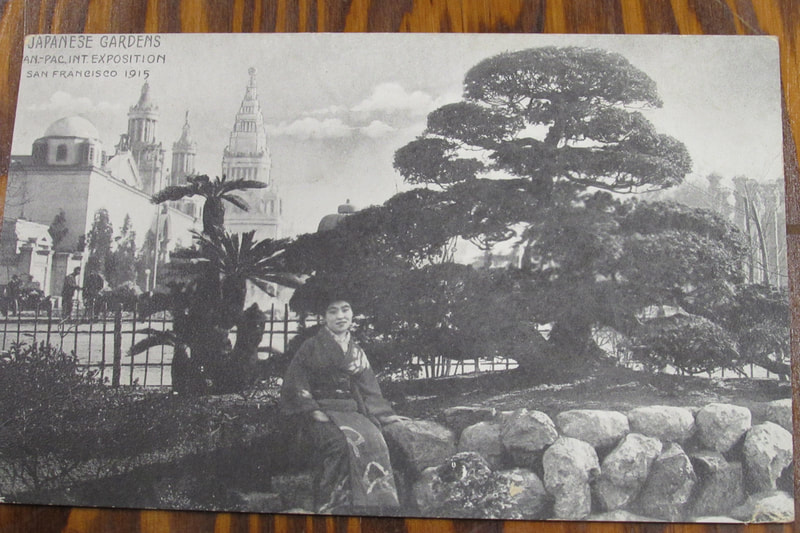
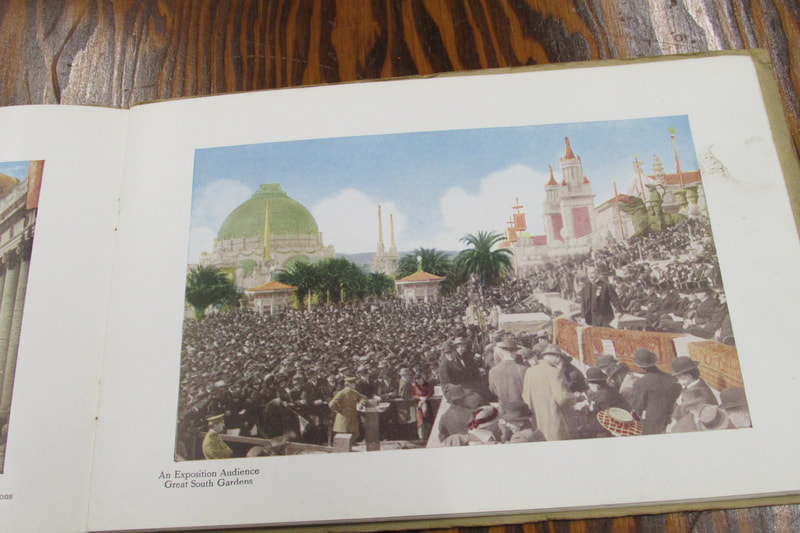
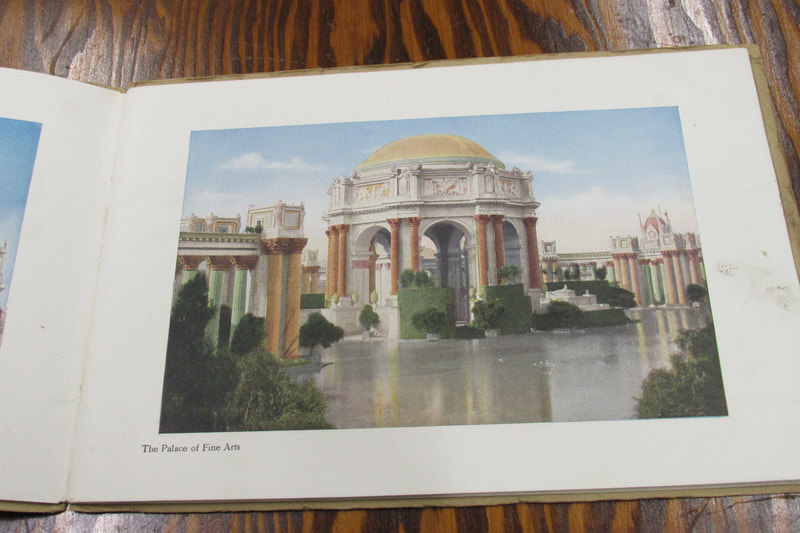
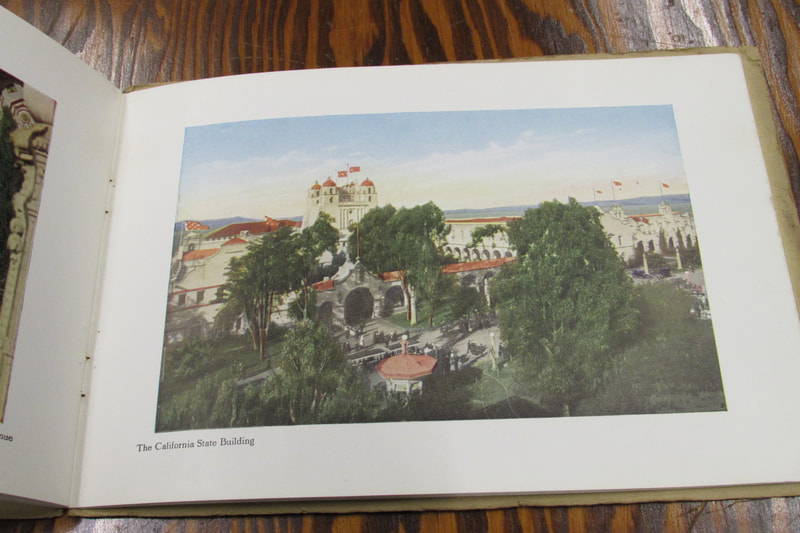
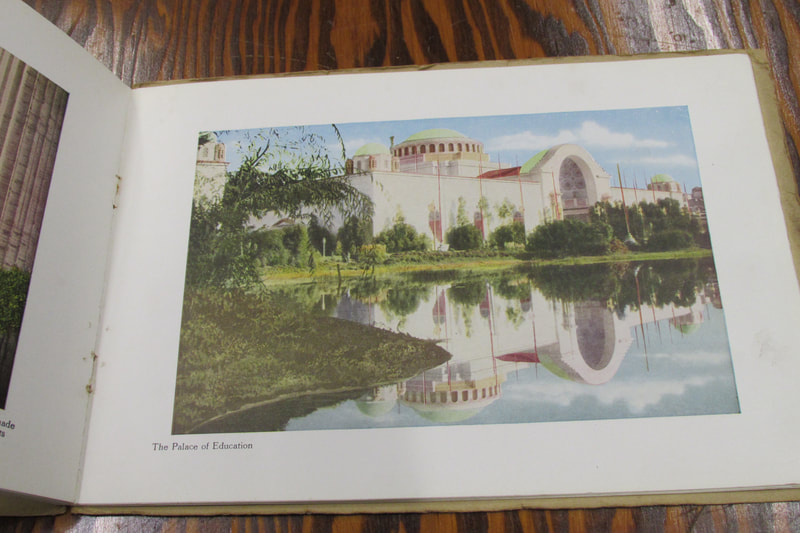
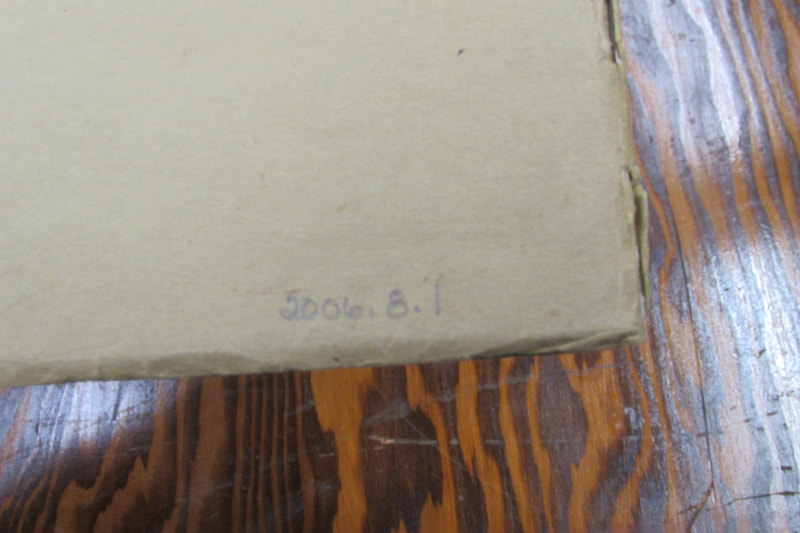
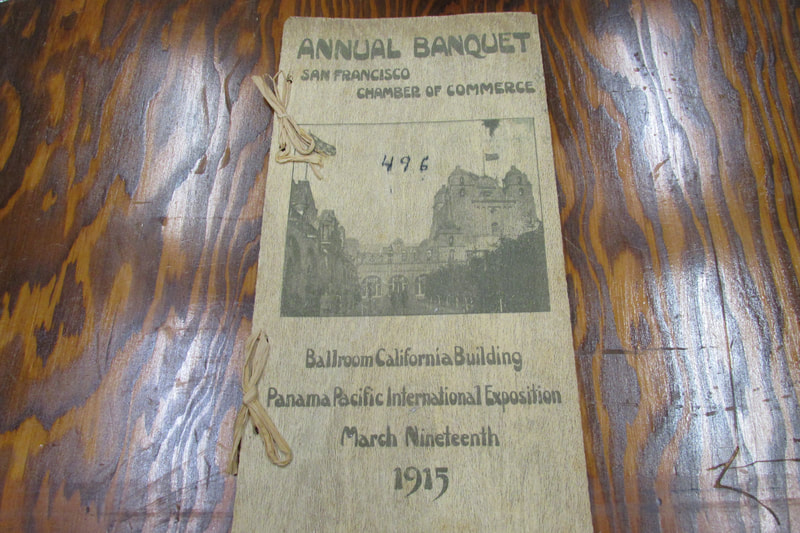
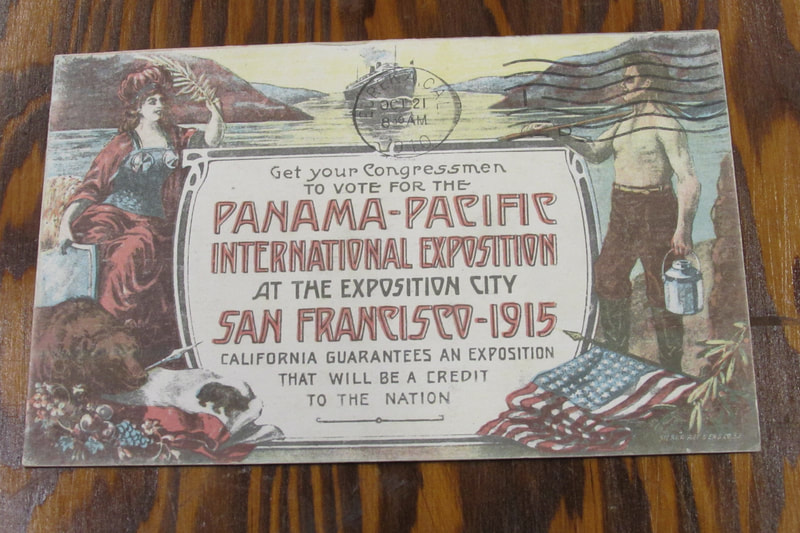
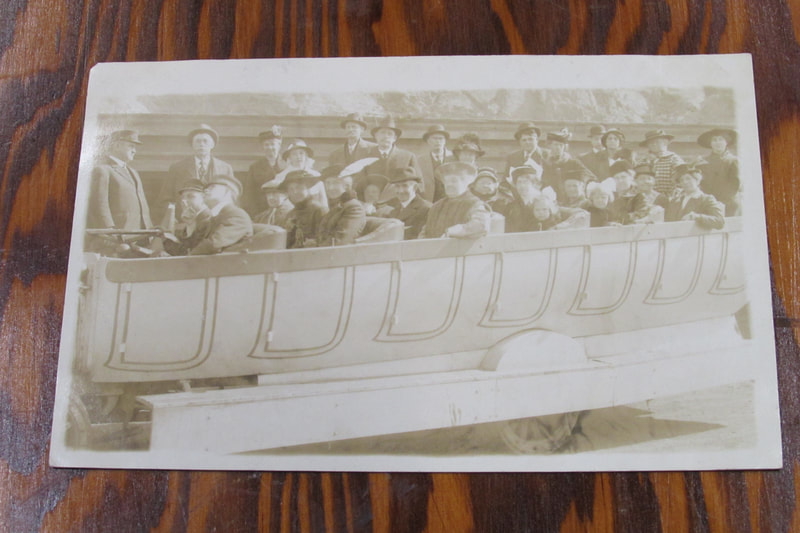
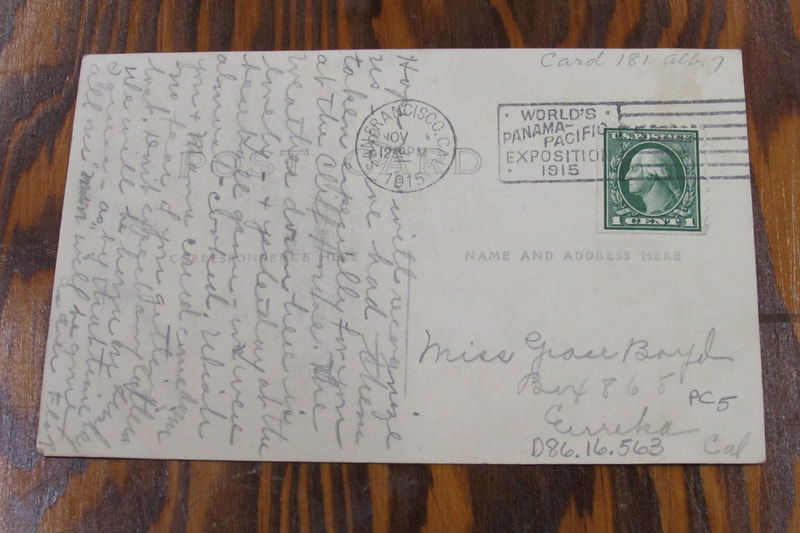
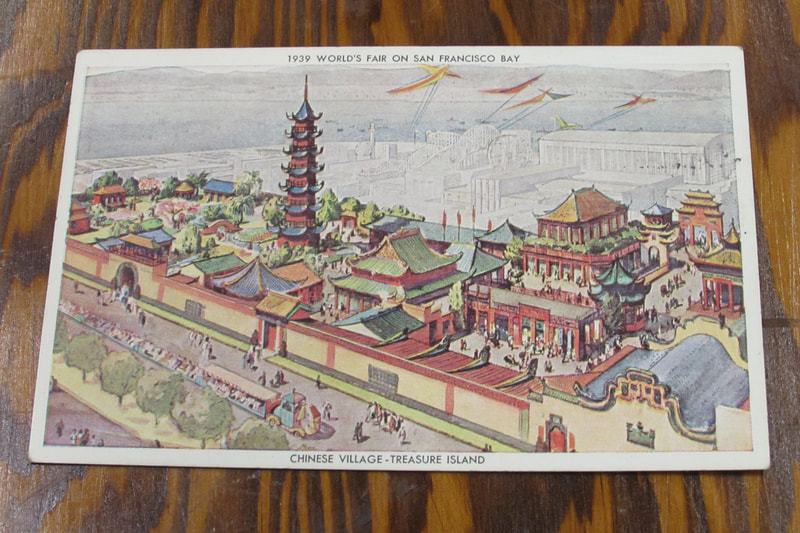
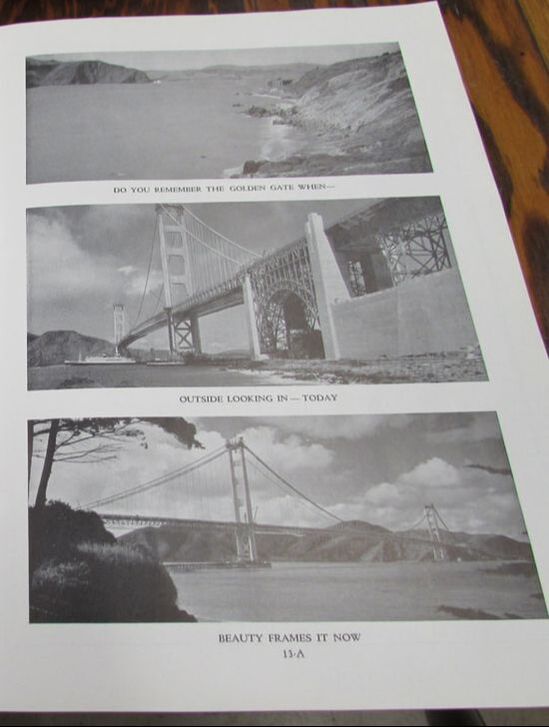
 RSS Feed
RSS Feed